Learn the causes and treatments for a dog with diarrhea with mucus
Diarrhea with mucus in dogs is quite common. It can happen often, last a while, or be very severe. Many things can cause it, like eating things they shouldn’t, infections, parasites, or problems with their digestive system.
The mucus in dog stool might look like shiny slime, clear jelly, or snot around the stool. A little bit of mucus is usually okay. But if it is too much or your dog shows other symptoms, you should see a vet.
Dog owners need to know why and how to treat this, which helps keep their dogs color healthy and happy.
Key Takeaways
- Dog with diarrhea with mucus can have various underlying causes, including dietary issues, infections, and digestive disorders.
- The appearance of mucus in dog stool can range from shiny slime to clear jelly, and excessive amounts may indicate a need for veterinary care.
- Identifying the root cause of diarrhea and mucus is essential for effective treatment and management.
- Supportive care, such as a bland diet and probiotics, can help alleviate diarrhea, while more severe cases may require veterinary intervention.
- Prompt attention to persistent or severe cases of diarrhea with mucus is essential to prevent dehydration and other complications in dogs.
Understanding Normal vs. Abnormal Dog Stool
As a dog owner, watching your dog’s stool is critical to their health. Healthy dog poop is chocolate brown, log-shaped, and easy to scoop. It feels like cookie dough or Play-Doh when pressed. It usually takes less than 10 hours to pass through their system.
What Healthy Dog Poop Looks Like
Your dog’s poop can tell you quite a bit about their overall health. Regular, healthy dog poop is:
- Chocolate brown
- Log-shaped and compact
- Easy to scoop and pick up
- Has the texture of cookie dough or Play-Doh
Signs of Problematic Stool
If your dog’s poop looks unusual, it could be a sign something’s off. Some warning signs to look out for include:
- More significant than average amounts or a watery, pudding-like texture
- Traces of jelly-like mucus or streaks of blood
- Abrupt colour changes, like shades of orange, green, or grey
The Importance of Stool Color and Consistency
Your dog’s stool color and texture can reveal a lot about their health. A chocolate brown stool is normal. But other colors may mean there’s a problem:
- Orange, green, or grey stools may signify organ problems.
- If your dog’s stool appears black and tar-like or you notice bright red blood in it, it’s essential to get them checked by a vet right away.
Watching your dog’s stool is crucial for catching health problems early.
Recognizing what normal dog poop should look like and noticing any unusual changes can help you monitor your dog’s digestive health. By paying attention to their bowel movements, you can spot and address any problems before they become more serious.
Common Causes of Dog with Diarrhea with Mucus
If your dog has diarrhea with mucus, it’s essential to know why. Mucus in a dog’s stool can mean different things. It could be from eating something wrong or a severe health issue.
Dietary changes or food allergies are common causes. When a dog’s diet changes or they eat something new, it can upset their stomach. Allergies to certain foods, such as chicken or beef, can also lead to this issue in dogs.
Intestinal parasites like whipworms and Giardia can also cause it. These tiny invaders can make a dog’s stomach upset and cause mucus.
Bacterial or viral infections might also bring about this issue. Infections like parvovirus can make a dog’s stomach inflamed, leading to mucus in the stool.
Inflammatory bowel disease (IBD) is another possible cause. This condition makes a dog’s stomach constantly inflamed, leading to mucus in the stool.
Stress can also cause colitis and mucus in the stool. Changes in routine or stress can make a dog’s colon inflamed.
In rare cases, cancer of the gastrointestinal tract might be the cause. This is serious and needs quick vet attention.
If your dog has diarrhea with mucus, see a vet. They can find out why and help your dog feel better.
Identifying Digestive System Problems in Dogs
As a responsible pet parent, knowing the signs of stomach trouble in your dog is vital. Look out for diarrhea, vomiting, and a lack of appetite. Weight loss and feeling tired are also warning signs. Seeing mucus or blood in the stool, too much gas, and stomach pain are big red flags.
Signs of Gastrointestinal Distress
- Diarrhea: One of the most apparent signs of digestive problems in dogs
- Vomiting: A concerning symptom that suggests gastrointestinal distress
- Loss of Appetite: This can indicate an upset stomach or underlying health issue
- Abdominal Pain: Associated with stomach upset or severe health conditions
- Flatulence: Excess gas can be a sign of an upset stomach or food intolerance
- Constipation: A potential indicator of digestive issues requiring veterinary guidance
When to Call Your Veterinarian
Keep an eye on your dog’s stool. If diarrhea lasts more than 24-48 hours, or if it’s bloody, call your vet. Puppies, senior dogs, or those with health problems need quick vet visits. Tell your vet about your dog’s symptoms and any diet or routine changes.
Medical Conditions Leading to Mucus in Stool
Mucus in a dog’s stool is standard and helps keep the intestines moist. But too much mucus can mean there’s a health issue that needs to be looked at.
Inflammatory bowel disease (IBD) is a big reason for mucus in dog stool. It causes chronic inflammation and irritation in the alimentary canal. This leads to diarrhea, vomiting, and mucus in the stool.
Colitis, or inflammation of the colon, also causes mucus in stools. It makes stools soft and full of mucus. Intestinal parasites like whipworms and Giardia can also lead to mucus and diarrhea.
- Bacterial infections, like Salmonella or E. coli, may lead to mucus in the stool as well.
- In some cases, more severe conditions like intestinal cancer can contribute to the presence of mucus in a dog’s stool.
- Acute hemorrhagic diarrhea syndrome (AHDS) can cause severe bloody diarrhea accompanied by mucus.
To find out why your dog has mucus in their stool, vets may do tests. These include faecal exams, blood work, and imaging studies or endoscopies. If your dog’s bowel movements change a lot, see a vet right away.
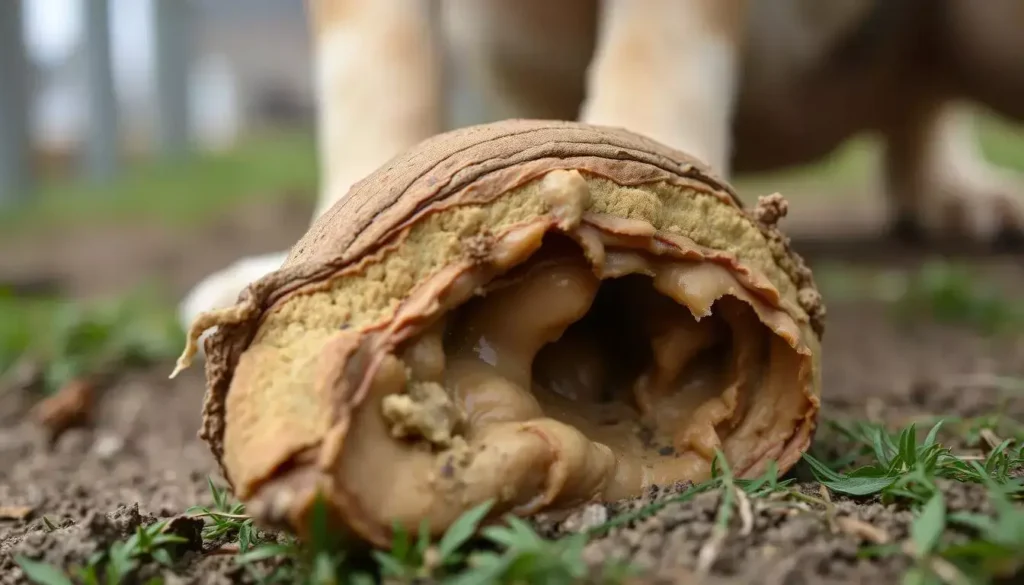
Dietary Factors and Food Allergies
Your dog’s diet is crucial to their digestive health. Sudden diet changes can cause diarrhea and mucus in their stool. Common allergens include chicken, beef, dairy, grains, and peas. Food intolerances can also lead to similar symptoms.
Impact of Diet Changes
When changing your dog’s diet, do it slowly. Quick changes can upset their gut and cause stomach problems. A gradual transition helps their body adjust, reducing the chance of dog diarrhea treatment or other issues.
Common Food Allergens
Dietary Solutions
If your dog has food sensitivities, your vet might suggest a special diet. These diets use new protein sources that are less likely to cause allergies. Adding fibre, like canned pumpkin, can also help with stool consistency.
Probiotics can support your dog’s digestive health and help tackle any tummy troubles they might have. Always talk to your veterinarian before changing your dog’s diet, especially if you think they have food allergies.
Treatment Options and Home Remedies
Dealing with a dog with diarrhea with mucus can be worrying. But there are many ways to help. Finding the cause, like a bacterial infection or food allergy, is critical.
If your dog’s diarrhea is terrible or lasts a long time, your vet might give antibiotics or other meds. For milder cases, home remedies can help your dog’s stomach feel better and go back to normal.
Home Remedies for Dog Diarrhea
- 12-24 hour fast: With your vet’s okay, a short fast can help your dog’s stomach rest.
- Bland diet: Try boiled white rice and boiled, skinless chicken for a gentle meal.
- Probiotics: These supplements can help balance your dog’s gut.
- Pumpkin puree: Its fiber can make your dog’s stool firmer and soothe their stomach.
- Over-the-counter treatments: Kaolin and pectin can absorb toxins and help.
- Hydration: Keeping your dog hydrated is very important, and your vet might suggest electrolyte solutions.
Always talk to your veterinarian before starting any treatment, especially for puppies, older dogs, or those with health issues. The wrong treatment can make things worse.
By working with your vet and using the right treatments and home remedies, you can help your dog feel better. They’ll be back to their happy, healthy self in no time.
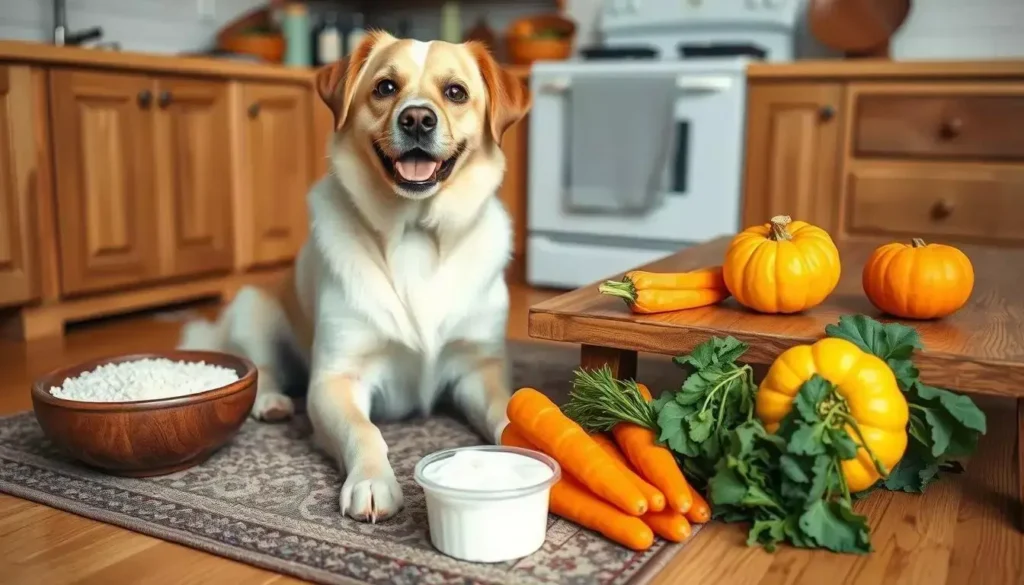
Prevention Strategies and Lifestyle Changes
Keeping your dog healthy is critical to avoiding diarrhea with mucus. A few simple steps can help manage issues and keep their digestive system balanced.
Diet Management Tips
Feed your dog a consistent, high-quality diet. Avoid sudden food changes, as they can upset their gut. When introducing new foods, do it slowly over 7-10 days.
Also, keep your dog away from garbage or non-food items. These can cause stomach problems.
Stress Reduction Methods
Keeping your dog active with regular exercise and engaging their mind can really ease any digestive troubles tied to stress. Establishing a consistent schedule for meals and walks helps them feel safe and at ease.
Consider soothing activities, such as gentle massages or using pheromone diffusers, as these can significantly help lower their stress and anxiety levels.
Regular Health Monitoring
Make sure your dog’s vaccinations and parasite prevention are current. Regular vet visits can catch problems early. This allows for quick treatment.
Also, watch your dog’s stool for changes. These can signal health issues.
By following these prevention tips and making lifestyle changes, you can lower the chance of your dog getting diarrhea with mucus. A proactive approach to your pet’s health is crucial for their well-being.
Recovery and Long-term Management
Getting better from dog diarrhea with mucus takes time, depending on the cause. Usually, it gets better in a few days with the right dog diarrhea treatment. But, dogs with ongoing digestive problems might need ongoing care.
Fixing any diet issues is critical to recovery. Your vet might suggest a special diet or probiotics to help your dog’s gut. This can stop future what to give dogs for diarrhea problems.
Dogs with chronic issues like IBD need constant care. They need the right food and medicine to live well. It’s important to watch their weight and body shape, as digestive problems can cause weight loss.
Regular vet visits are essential to keep treatment on track. Keep a log of any diarrhea or symptom changes. This helps spot patterns or triggers that might need more attention or changes to the anti-diarrhea for dogs plan.
With the proper care, most dogs can get over diarrhea with mucus and stay healthy. Working with your vet and finding the right plan can help your dog feel better and live well for a long time.
Conclusion
Knowing why and how to treat dogs with diarrhea with mucus is vital for pet owners. Mild cases might be handled at home, but serious ones need vet help. Watching your dog’s stool, keeping their diet steady, and lowering stress can prevent many issues.
When problems arise, spotting symptoms early and treating them right can help your dog get better faster.
Every dog is different, so what works for one might not work for another. Always talk to your vet for advice tailored to your dog. With the proper care, most dogs can beat what to do if their dog has diarrhea and stay healthy.
Learning about the reasons, signs, and treatments for diarrhea with mucus in dogs helps you care for them better. Getting vet advice and taking steps to prevent problems can keep your dog happy and healthy.

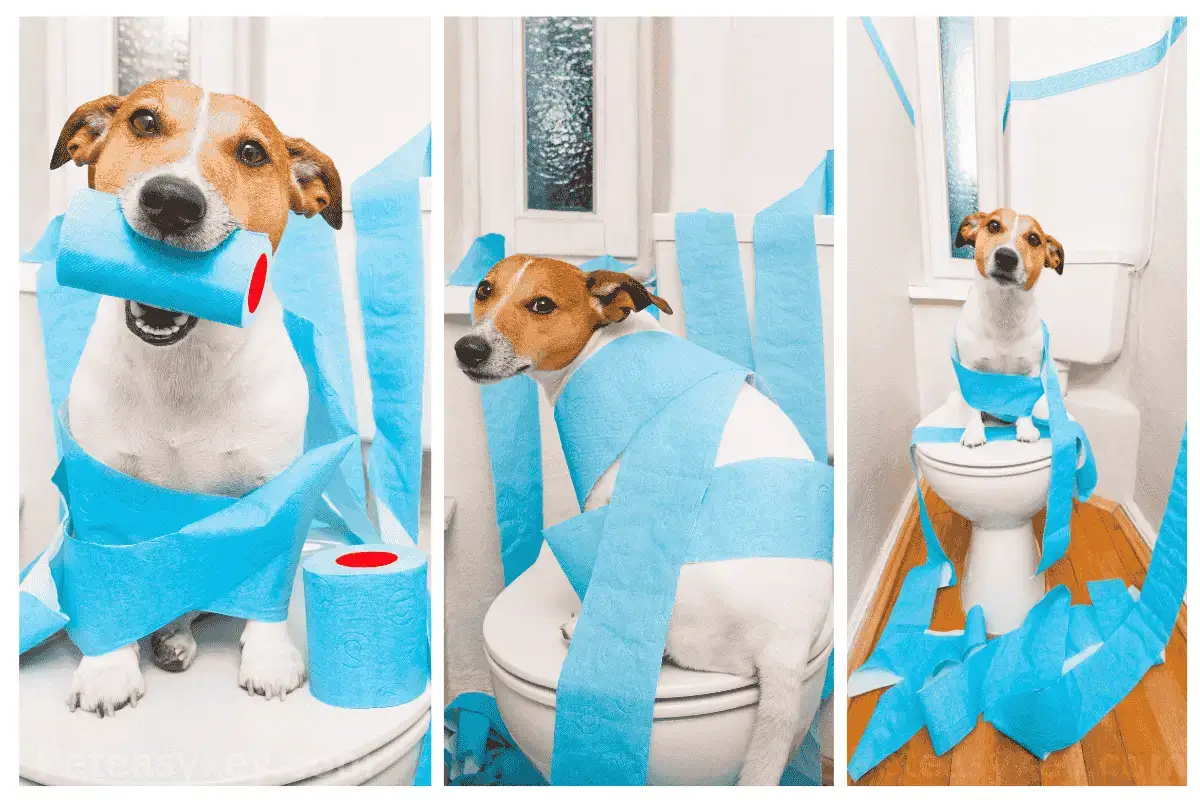
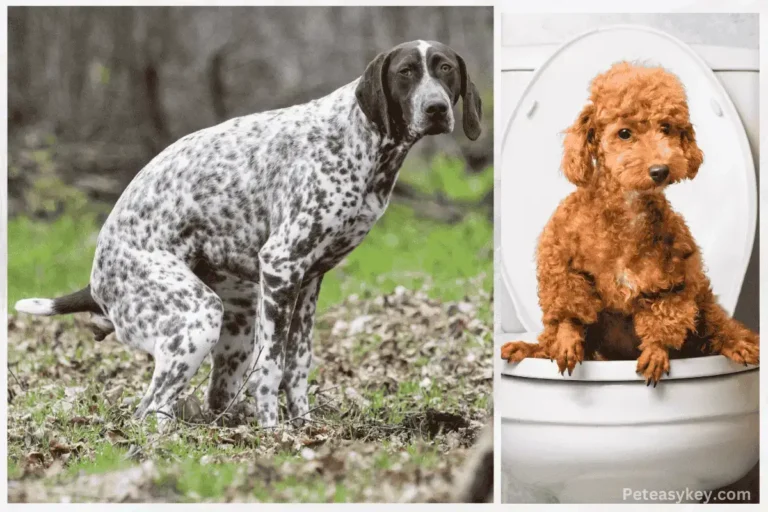
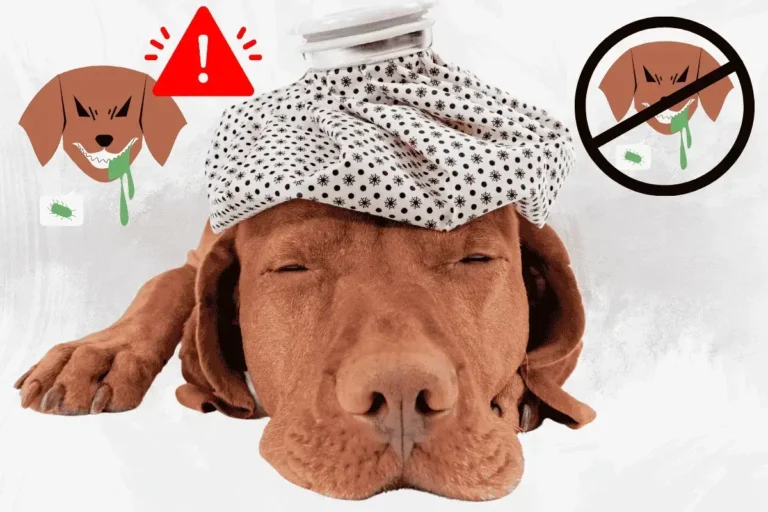
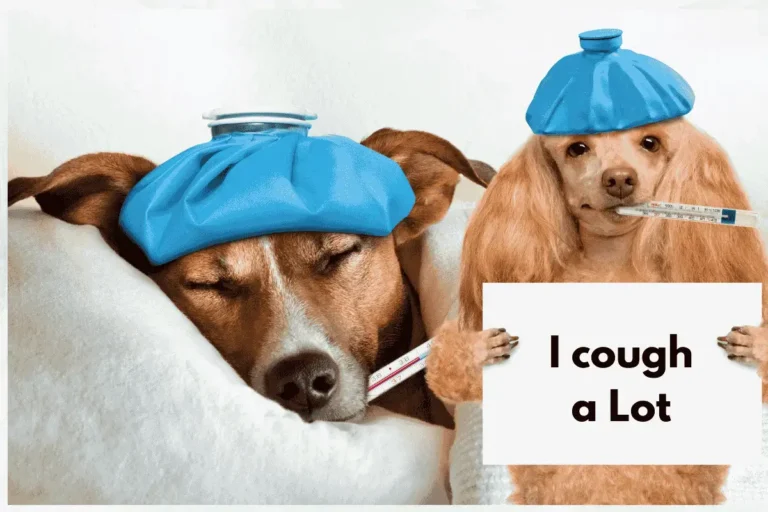
One Comment